Conservationists call for tougher turtle protections on Bribie Island
One of south east Queensland’s most popular 4WD beaches is at the heart of an escalating environmental battle as locals call for one urgent change to protect endangered loggerhead turtles.
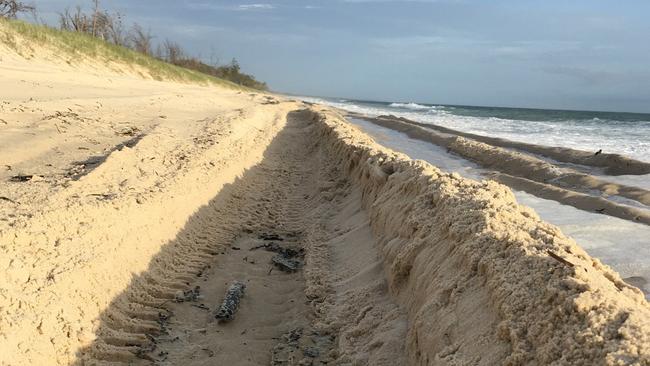
Moreton
Don't miss out on the headlines from Moreton. Followed categories will be added to My News.
Bribie Island Environmental Protection Association (BIEPA) is calling for an urgent government summit to stop 4WD vehicles on its internationally-protected beaches as endangered loggerhead turtle nesting season continues.
BIEPA president Diane Oxenford said 4 x 4 recreational vehicle activity was “destroying Bribie’s renowned Social, Environmental and Economic Assets”.
She said as local conservation groups counted the toll of last weekend’s massive influx of vehicles, more than 3000 were recorded in 2019, she called on the State Government to go back to the drawing board to create greater protections for the loggerhead turtle nesting grounds and other endangered species that “depend on this beach for their survival”.
She said Australia was a signatory to multiple international and nationl environmental conventions which “should have prevented the Island’s beaches from ever becoming a highway”.
Ms Oxenford called on the State Government and the Environment Minister Leeanne Enoch to “use her discretionary powers” to stop the use of off-road vehicles on Bribie Island’s beaches.
BIEPA is calling for an immediate ban for the loggerhead turtle breeding season effective until at least March 2020.
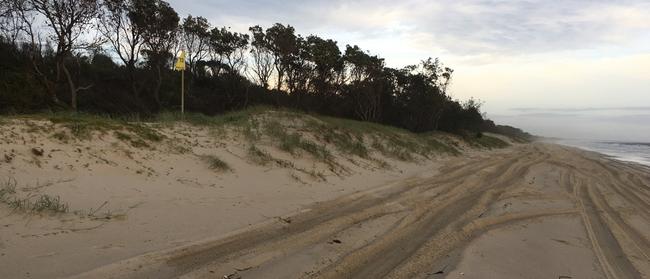
Ms Oxenford said the association wanted tourists to have “positive experiences” and supported “licensed 4 x 4 Tour Operators” being able to give visitors an “appreciation and respect for the Island’s natural assets and unique environment, its cultural heritage, history and lifestyle”.
She said there was great opportunity for the State Government to generate positive tourist experiences, that supported the local economy but did not have a “negative social impact on residents and communities”.
“BIEPA does not wish to interfere with positive experiences of long term campers who access the 64 official camp sites via the northern island route” she said.
“Bribie Island is an island of sand dunes built over millennia from east to west, a honeycomb of freshwater aquifers with unique vegetation that stabilises the sand.”
“It is a habitat for iconic and fragile flora and fauna including migratory birds and turtles and as part of the Moreton Bay Marine Park, it is also protected by the Ramsar Convention on Wetlands.”
She said community was never consulted regarding the Queensland Government’s decision to “designate the intertidal zone as a highway”.
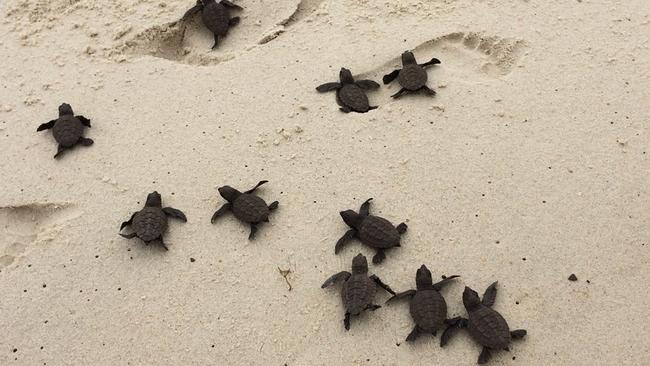
Bribie Island resident Jeni Webb said the majority of “weekend trippers” to the Island’s beaches “added little to the island economy as they are 90 per cent picnickers bringing everything they need with them”.
Ms Webb said the Australia Day long weekend was one of the worst in the year with “thousands of vehicles going up the beach .. it’s staggering”.
While some residents are considering a protest march, Ms Oxenford said BIEPA had not gone down that route but “people are getting very upset about the issue”.
“The whole of Moreton Bay is protected and that includes the foreshore … there is nowhere on that beach that should have been designated a highway,” she said.
“We pave roads to accommodate vehicles, we make them strong but here they are letting them on a living beach with pipis and microorganisms. These vehicles sterilise the beach and kill everything.”
“They leave ruts that leave the little hatchlings going up and down until the seagulls get them. It’s a huge issue. People who are driving on the beaches don’t know. We have a society that has no understanding of the cause and effect. There are consequences.”
She said visitors left behind foceal matter because there were no toilet facilities.
“They just go in the dunes and that’s a health hazards and there are children playing in the dunes and on the beach which is two lane highway,” she said.
“It’s terrible, just terrible.”
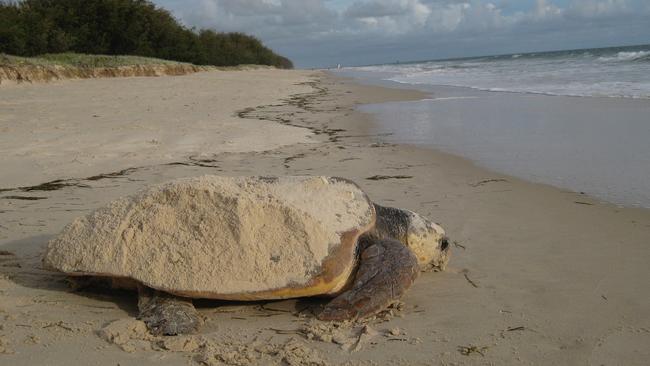
She said “the Minister has the discretionary power to ban it tomorrow and bring the legislation into line after that.”
“The damage they are doing is irreparable. We have nests that just don’t survive. People driving in the soft sand and breaking down the dunes.”
She said sometimes volunteers went up in the dark to see 4WDs “racing around .. it’s crazy. There are not controls.”
“Because it is uncontrolled and unrestricted they can be there any time of day, on the high tide, after hours, at 9am or midnight.”
She called on the Government to develop a “management plan” for the beach.
“People aren’t allowed to drive on the nature strip in the suburbs but here we have people driving on the soft sand and on the dunes – they are the nature strip,” she said.
“So many people don’t know we have the turtles up there … it’s so beautiful. We want to keep all our dunes and the natural beach .. that is what people love about it here.”
“This beach is a ten out of ten.”
“It is critical to the survival of an endangered species.”
“They are the most enigmatic species. They just keep going. And their babies are so damn cute. It is just horrendous to see what is happening to them.”
“We have to realise we are not the only species on the earth and every species has a right to have a safe home and food.”
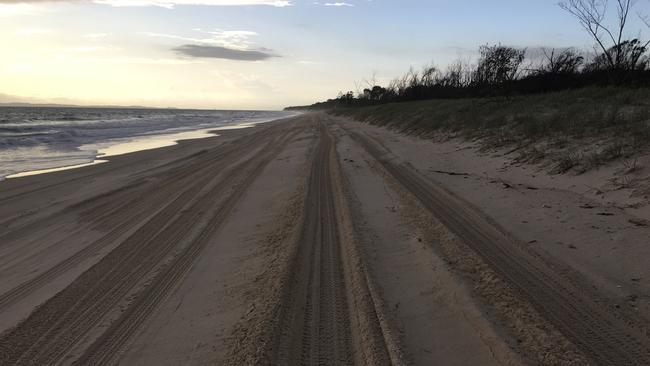
A Department of Environment and Science (DES) spokesman said the ocean beach on Bribie Island was part of the Bribie Island Recreation Area (BIRA) and was managed by Queensland Parks and Wildlife Service (QPWS).
“While beach driving along the Ocean Beach is a popular recreational activity, Bribie Island’s beaches host many significant natural values that require protection,” he said.
“QPWS regulates vehicle access through Vehicle Access Permit (VAP) conditions, RAMA regulations and on-site signage aimed at protecting sensitive sites and vegetated dunes. Visitors receive information on significant activities and beach conditions through SMS alerts and park alerts.”
He said BIEPA had made regular requests to DES requesting the closure of beach access on Bribie Island.
“There are currently no plans to ban the activity or place a cap on the number of permits issued,” he said.
“There are already restrictions in place to ensure drivers, beach users and the environment are protected.”
“Reduced speed limits are enforced with a 30km/h speed limit near camping areas, on inland roads and between the Ocean Beach access point at First Lagoon (Freshwater Creek) to 300m north of Second Lagoon (Norfolk Creek).”
“A 50km/h speed limit applies to all other beach travel. All vehicles are prohibited on dune vegetation areas and must stay on formed tracks or drive along the beach below the high tide line.”
He said drivers who took vehicles above the high tide mark or into dunes risked driving over turtle nests, compacting nests and causing erosion leading to loss of eggs.
“Drivers who take vehicles onto beaches at night in turtle nesting season could disturb nesting turtles and place them at risk of a collision,” he said.
“Thirty penalty infringement notices (PINs) were issued over the 2019 Australia Day long weekend, 26 related to drivers not having a valid Vehicle Access Permit and four were for bringing a dog into a protected area.”
“Over the recent Christmas/New Year holiday 87 PINs were issued for a range of offences in the Bribie Island Recreation Area.”
.


